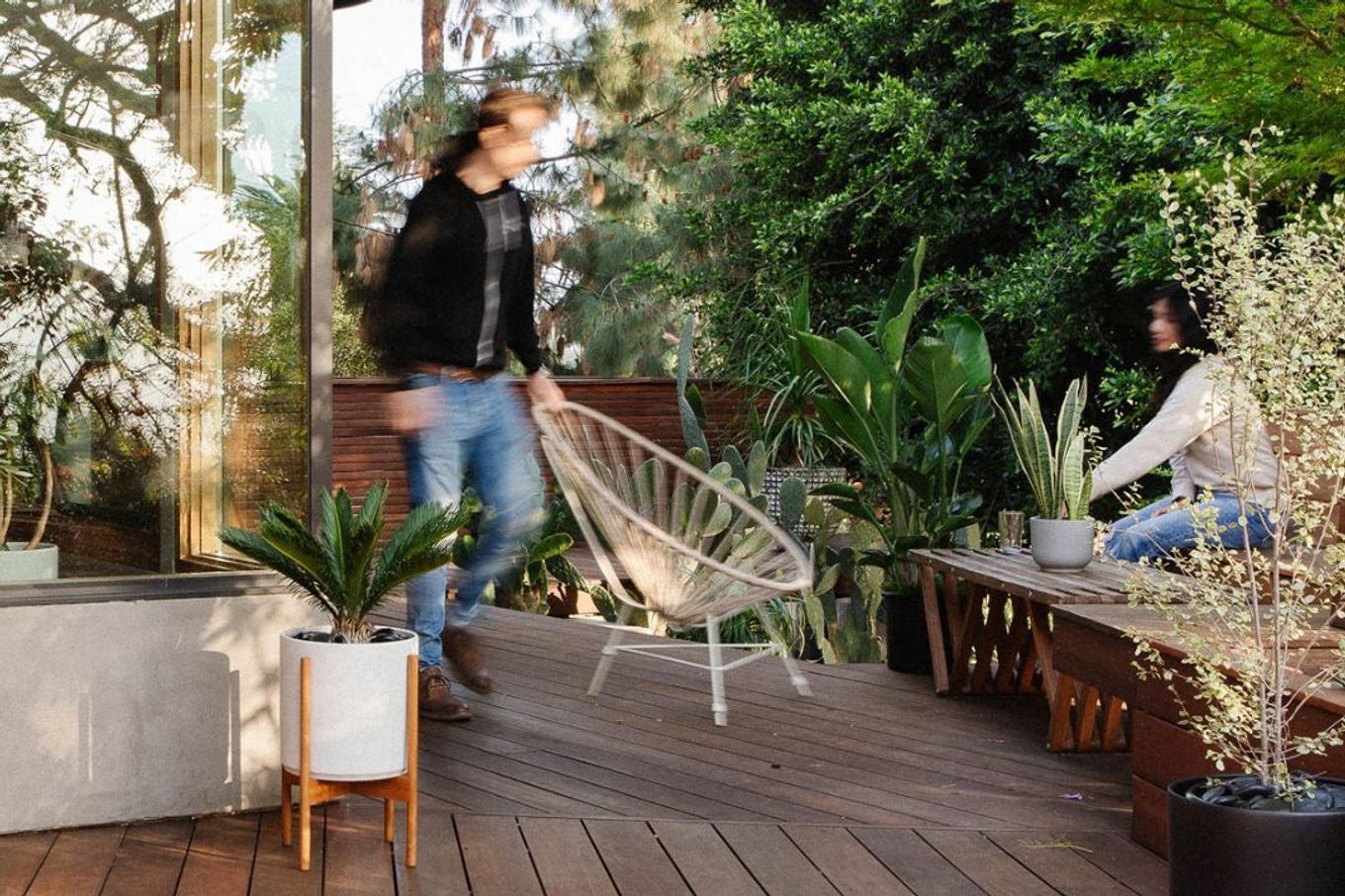How to Move Houseplants Outside
After a long winter indoors, your leafy companions are ready for a change of scenery—and some sunshine. Just like us, houseplants benefit from a little fresh air, brighter light, and even a bit of rain. Moving them outdoors during the warmer months can help them thrive, but the transition needs to be done with care.
Here’s everything you need to know about moving your plants outside safely—and making sure they come back in happy and healthy when fall rolls around.
Why Bring Houseplants Outdoors?
Spending the summer outside can do wonders for your indoor plants:
Brighter light = more growth. Even the shadiest spot outdoors is often brighter than a bright indoor windowsill. This gives plants more energy to grow faster and fuller.
Humidity boost. Many common houseplants come from humid rainforests—very different from our dry indoor environments. Outdoor air is often more humid, especially in the warmer months.
Rain and fresh air. Rainwater can wash off dust and remove salt buildup, and gentle air movement helps strengthen stems and improves photosynthesis.
When to Make the Move
The golden rule? Wait until nighttime temperatures are consistently above 60–65°F (15–18°C). Anything lower, and your tropical friends could go into shock or suffer damage.
Check the forecast carefully—just one cold night can undo a lot of good. If in doubt, wait a little longer. Your plants would rather stay cozy inside than risk a cold snap.

Tips for Moving Houseplants Outdoors
Think of this like easing into summer: you wouldn’t go from sweaters to swimsuits overnight, and neither should your plants.
Step 1: Shade first. Place your plants in full shade when they first go out, even if they’re sun-lovers. Outdoor sun is far stronger than indoor light, and sudden exposure can cause sunburned leaves.
Step 2: Gradual exposure. After a week or two in the shade, slowly introduce more sunlight if needed. A few hours of morning sun is gentler than harsh afternoon rays.
Step 3: Monitor daily. Keep an eye out for drooping, leaf burn, or other signs of stress during the adjustment period.
Outdoor Challenges to Watch For
Sun & Heat
Summer heat can dry out soil quickly, especially in smaller pots or darker planters. Be prepared to water more often—sometimes daily.
Wind
Windy balconies or rooftops can knock plants over or dry them out fast. Place taller or top-heavy plants in protected corners, or weigh down lighter pots.
Rain
If your pot doesn’t have a drainage hole, don’t leave it where it can collect rainwater. Too much water can cause root rot. For well-draining pots, rain can be great—just skip your usual watering that day.
Pests
Bugs are part of the outdoor life. A few nibbles are normal, but watch for signs of infestation. Inspect leaves regularly and treat with insecticidal soap if needed. Always check plants thoroughly before bringing them back inside in the fall.
When to Bring Them Back In
As summer winds down and nighttime temps start dipping below 50°F (10°C), it’s time to bring your plants inside.
Tip: Re-acclimate in reverse. Move them to a shaded or cooler indoor spot for a week or two before returning them to their usual place. This helps reduce shock from the change in light and humidity.
Inspect for pests, trim any damaged foliage, and clean off dust and dirt. Your plants will appreciate the spa treatment—and be better prepared for the winter indoors.
Premium quality plants, impeccable service
Exceptional indoor plants that are hand-selected, California-grown and curated for style and ease of care.
Sources
This article was written with insights from the certified Plant Doctors at Léon & George. Experts in botany and horticulture, our Plant Doctors are seasoned professionals with years of experience caring for plants, both in their work and at home as passionate hobbyists. Their guidance ensures that our plant care recommendations are rooted in scientific knowledge and practical expertise.
Léon & George customers enjoy free, 24/7 access to Plant Doctors through their account homepage. Not a customer but need expert advice? Book a video call or wellness visit today to keep your indoor greenery thriving.
